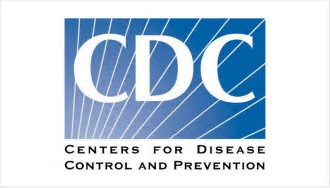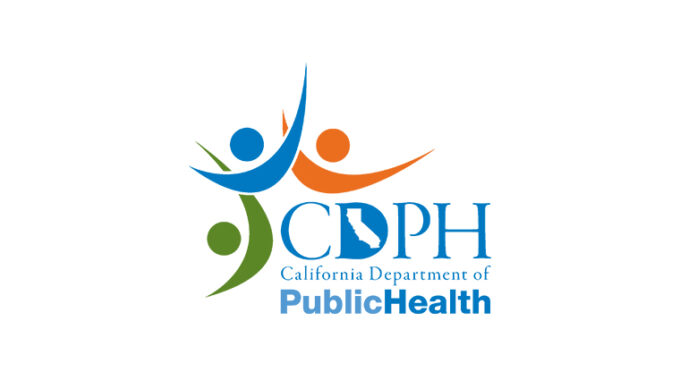As the year comes to a close, we want to wish all of our clients,…
For Patients’ Ready to Quit: Tobacco Cessation Improved with Both Counseling and Medications
Tobacco use and dependence is one of the most important public health issues in the United States. It is a chronic disease that often requires repeated interventions and multiple attempts to quit. According to the U.S. Centers for Disease Control and Prevention (CDC), smoking is the leading cause of preventable death in the U.S., responsible for over 480,000 deaths annually while secondhand smoke exposure contributes to approximately 41,000 deaths among nonsmoking adults and 400 deaths of infants each year.
It is widely believed that all healthcare professionals should promote healthy living, including abstinence from tobacco use, as part of their patients’ treatments. Given the negative effects of tobacco use on oral health, dental healthcare professionals (DHCPs) have an additional professional responsibility to provide tobacco cessation interventions to patients.
Federal Guidelines and ResourcesMany federal agencies recommend the use of both counseling and medications to help with tobacco cessation for patients who are willing to quit.
- The U.S. Department of Health and Human Services (HHS) 2008 Clinical Practice Guideline, Treating Tobacco Use and Dependence, recommends that the combination of counseling and medication is more effective for smoking cessation than either medication or counseling alone.
- Since 1964, the U.S. Office of the Surgeon General provides has issued 32 tobacco-related Reports of the Surgeon Generalon the adverse health consequences of tobacco use, which has triggered nationwide efforts to prevent tobacco use.
- The U.S. Food and Drug Administration (FDA) recently published an online consumer update on the facts and fictions of using medications to help quit smoking stating that “using cessation medicines can double the chances of successfully quitting, and behavioral support (such as counseling) can also increase the likelihood of success.” Currently, the FDA regulates the manufacture, distribution, and marketing of tobacco products as drug delivery devices.
- The CDC has a dedicated webpage to educate healthcare professionals and the public on smoking and tobacco use, which includes information on the dangers of tobacco, data and statistics, cessation information, state quitlines, etc. Additionally, the CDC has declared 2019 its Year of Cessation in order to bring attention to the critical role of cessation as part of a comprehensive tobacco prevention and control approach.
- The American Dental Association (ADA) strongly encourages its members to “become fully informed about tobacco cessation intervention techniques to effectively educate their patients to overcome their addiction to tobacco.”
Tobacco Cessation Interventions for Patients Ready to Quit
According to the American Dental Association (ADA), “because of the oral health implications of tobacco use, dental practices may provide a uniquely effective setting for tobacco use recognition, prevention, and cessation; dental professionals can help smokers quit by consistently identifying patients who smoke, advising them to quit, and offering them information about cessation treatment.” DHCPs should offer counseling and pharmacology to all patients who are identified as ready to quit.
Counseling: DHCPs should refer patients to state quitlines. Quitlines are telephone-based tobacco cessation services available at no cost to US residents in each state. CDC’s national quitline is 1-800-QUIT-NOW (1-800-784-8669).
Pharmacotherapy: Effective first-line medications are available for tobacco dependence, and can increase quitting success and reduce withdrawal symptoms. The first-line medications include nicotine-replacement – nicotine gum, nicotine inhaler, nicotine lozenges, nicotine nasal spray, nicotine patch – and non-nicotine aids – bupropion SR and varenicline.
For our OSHA Review Subscribers… the July/August 2019 issue of OSHA Review covers tobacco cessation and prevention interventions in a dental office.



